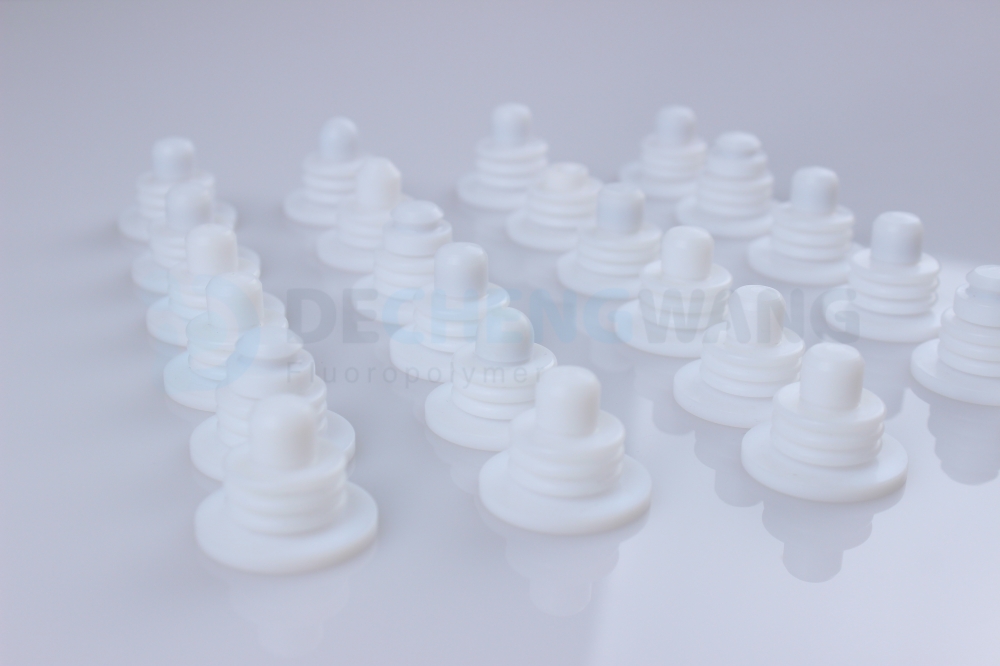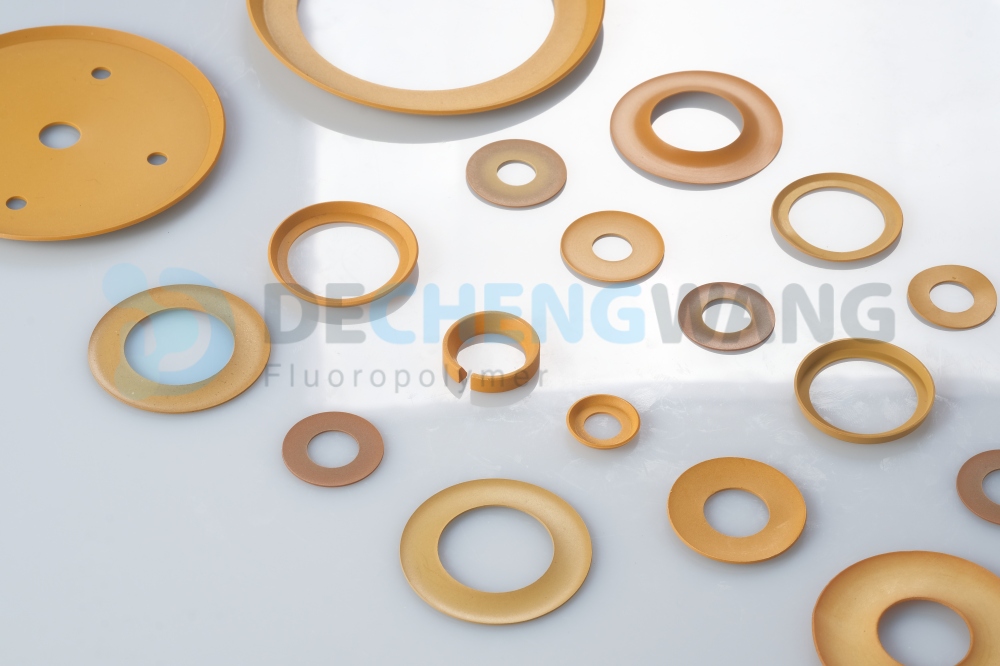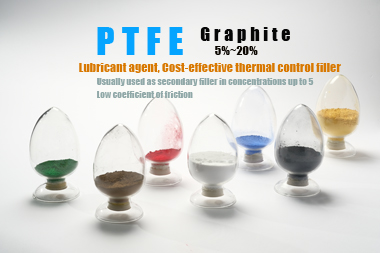It can be confusing to choose when given the option between PVDF and Nitrocellulose for various industrial applications. When trying to figure out which material is the best, you must first learn about their differences.
This PVDF vs Nitrocellulose guide will shed light on the differences between these two materials and also state their applications. It doesn’t matter what industry you’re sourcing materials for, this blog will help you understand these materials and select the best one for your applications.
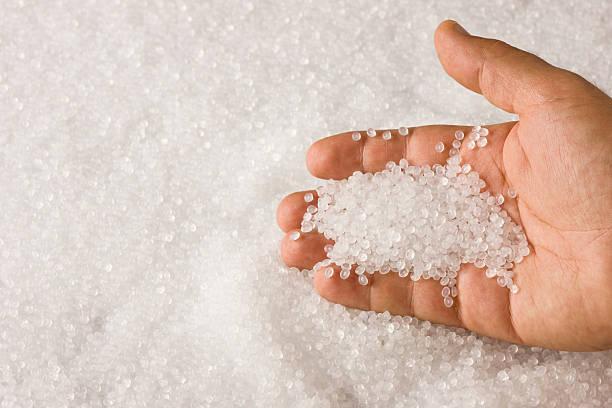
PVDF Vs Nitrocellulose: Different Chemical Resistance
When selecting materials for various industrial applications, it is crucial to consider how well they can resist the chemicals they will be exposed to. So, without any delay, let’s begin the PVDF membrane vs Nitrocellulose comparison of their chemical resistant properties.
Chemical Resistance Of PVDF
Its strength and resistance to chemicals like acids, bases, and solvents make PVDF, a thermoplastic polymer, popular. Because of its acid resistance to nitric acid, hydrochloric acid, and sulfuric acid, PVDF is a great choice for storage tanks, pipes, and machinery used in chemical processing.
The organic solvents, alcohols, and chlorinated hydrocarbons are only a few of the materials against which PVDF stands up very well. This quality makes PVDF perfect for use in the semiconductor, automotive, and pharmaceutical sectors, all of which often expose materials to solvents.
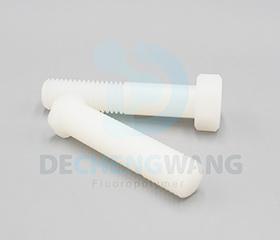
Chemical Resistance Of Nitrocellulose
In the comparison of Nitrocellulose vs PVDF, nitrocellulose offers moderate chemical resistance. Though it offers adequate resistance to certain solvents, such as alcohols, esters, and ethers, it may be vulnerable to attack from strong acids and bases.
Depending on the particular formulation and nitration level, Nitrocellulose’s chemical resistance might change. Nitrocellulose can still be a good option when exposure to strong chemicals is restricted, including making films, lacquers, and coatings.
Nitrocellulose Vs PVDF: Different Mechanical Strength
Next, in this PVDF membrane vs Nitrocellulose comparison, we will discuss the mechanical strength of these two important material science materials.
Mechanical Strength Of PVDF
PVDF material stands tall again in the mechanical strength of Nitrocellulose vs PVDF comparison. Many industries choose PVDF because it offers strong mechanical properties like high tensile strength and resistance to deformation. The tensile strength of PVDF ranges from 30 to 50 MPa, depending on the grade and manufacturing conditions.
Due to its durability, PVDF can withstand challenging environmental factors, including temperature changes and chemical exposure, without losing structural integrity. PVDF also has high resistance to fractures in comparison to other polymers.
Mechanical Strength Of Nitrocellulose
Nitrocellulose has a lessened mechanical strength as compared to PVDF. Typically fragile and having little tolerance to deformation and stress, nitrocellulose films and coatings are difficult to work with.
Its structure and content are principally responsible for Nitrocellulose’s inferior mechanical strength. By adding nitro groups to the cellulose molecules, the nitration process modifies their bonding and reduces the material’s structural integrity as a whole.
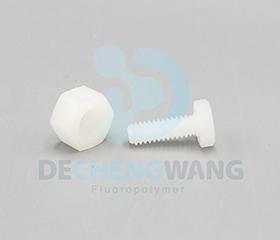
PVDF Vs Nitrocellulose: Different Thermal Properties
In this Nitrocellulose vs PVDF comparison, next up, we will compare the thermal properties of these two highly sought-after materials.
Thermal Properties Of PVDF
PVDF is known for having a high Young’s Modulus and can deal with high temperatures without getting a dent. It can maintain structural integrity even at high temperatures owing to its high melting point, which is generally approximately 170-180°C. Its crystalline structure and the presence of fluorine in PVDF account for the material’s outstanding service and tolerance ranges.
PVDF is a useful material for applications requiring heat dissipation or thermal conductivity since it also has high heat transfer characteristics. PVDF’s high melting point, good heat resistance, and low thermal conductivity make it suitable for various applications in high-temperature environments like chemical processing and aerospace industries.
Thermal Properties Of Nitrocellulose
In the comparison of PVDF membrane vs Nitrocellulose, it is clear that Nitrocellulose has poor thermal characteristics, especially when exposed to temperature variations.
Nitrocellulose struggles as temperatures rise, unlike PVDF. It degrades and releases combustion byproducts, which is undoubtedly undesirable. In fact, dealing with Nitrocellulose necessitates extreme caution due to its flammability.
However, Nitrocellulose’s thermal qualities are purposefully taken advantage of in some applications, such as those involving explosives or propellants.
PVDF Vs Nitrocellulose: Different Electrical Properties
Electrical properties are critical when choosing materials for applications requiring electrical conductivity, insulation, or dielectric qualities. Last but not least, we will compare the electrical properties of Nitrocellulose vs PVDF, so that you can select the best out of the two.
Electrical Properties Of PVDF
Due to its exceptional electrical characteristics, PVDF is well-suited for various electronic applications. PVDF is suited for applications requiring capacitors and insulating materials in electrical systems because of its high dielectric constant, which also allows it to retain electric charge well.
PVDF can be used as insulation, sensors, energy-generating devices, and actuators in electronics and electrical devices. Furthermore, due to its electrical characteristics, it is a dependable option for difficult applications where reliable operation is crucial.
Electrical Properties Of Nitrocellulose
The main electrical characteristic of Nitrocellulose is its poor electrical conductivity. Due to its comparatively high resistance to the flow of electrical current, it is regarded as an electrical insulator instead of a conductor. The molecular makeup of Nitrocellulose and nitro groups inside the cellulose matrix are both responsible for the material’s electrical insulating qualities.
Nevertheless, it’s crucial to remember that Nitrocellulose might turn conductive when mixed with particular additives. When deciding if Nitrocellulose is a good fit for a certain application where electrical conductivity is to be restricted or avoided, it is important to take this property into account.
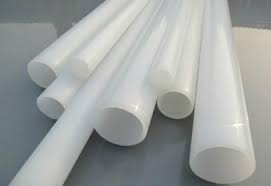
Common Use Of PVDF And Nitrocellulose
Both materials are significant resources for various applications since they have unique characteristics catering to certain industrial requirements. Let’s look at the typical applications for PVDF and Nitrocellulose in this section, highlighting each material’s unique contributions to various fields and sectors.
Applications Of PVDF
Electrical and Electronics: PVDF is used as electrical cable coatings and wiring because of its excellent electrical properties.
Chemical Processing: Due to its chemical resistance, PVDF is a useful material for pipes, fittings, and valves in chemical processing facilities.
Membranes and Filtration: Because of their pore control and chemical resistance, PVDF membranes are used in water treatment procedures, filtering systems, and separation technologies.
Plumbing: PVDF is appropriate for plenum applications since it satisfies ASTM requirements for 25/50 flame and smoke speed ratings.
Applications Of Nitrocellulose
Explosives and Propellants: In producing explosives, including gunpowder and the propellants used in ammunition, fireworks, and rocketry, nitrocellulose plays a crucial role.
Coatings and Lacquers: Due to their quick drying time and high gloss finish, nitrocellulose-based lacquers are popular in the furniture, automobile, nail polish, and musical instrument sectors.
Diagnostic: Pregnancy, U-albumin, and CRP tests often use nitrocellulose as a support material in antigen-antibody binding diagnostic procedures.
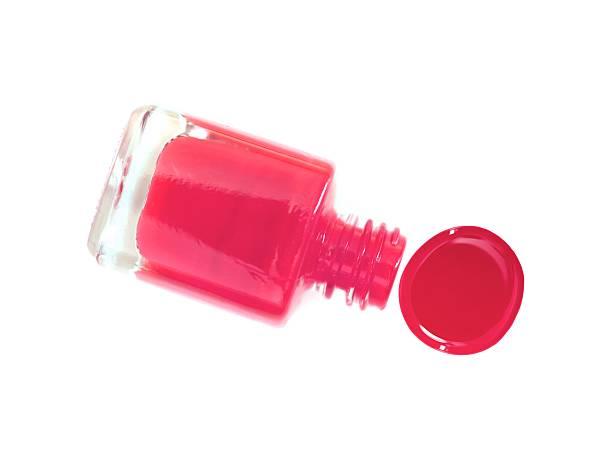
Get Customized PVDF Sheet Produced By DCW
DCW is a China-based company that has expertise in manufacturing products made of fluoropolymer materials such as PTFE, PEEK, PFA, PCTFE, and PVDF. When you choose DCW for your specialized PVDF machining needs, you can count on strong expertise, precise manufacturing, and dedication to your project’s particular demands.
Custom The Machining Of PVDF
DCW offers customized machining services for PVDF sheets to satisfy your specific requirements. We can provide high-quality machined PVDF parts with complicated cuts, holes, or complex forms as needed.

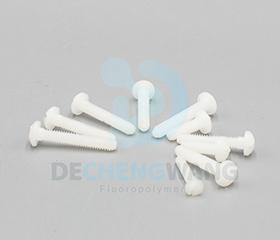
Source: PVDF parts by DCW
Flexible MOQ
Our flexible MOQ enables you to optimize your procurement and coordinate it with the budget and schedule of your project. No matter the purchase size, we value every customer and work hard to satisfy their needs with great service and products.
Conclusion
The PVDF vs. Nitrocellulose comparison guide has given you an insight into the varying features of PVDF and Nitrocellulose. PVDF stands out in all criteria, making it a perfect material for various industrial applications.
Choose DCW for your customized PVDF needs, and we will ensure we provide you with the exact product you need for your upcoming project. For a large selection of high-quality PVDF components and information on our first-rate services, contact us if you’re interested in products made of PVDF.

